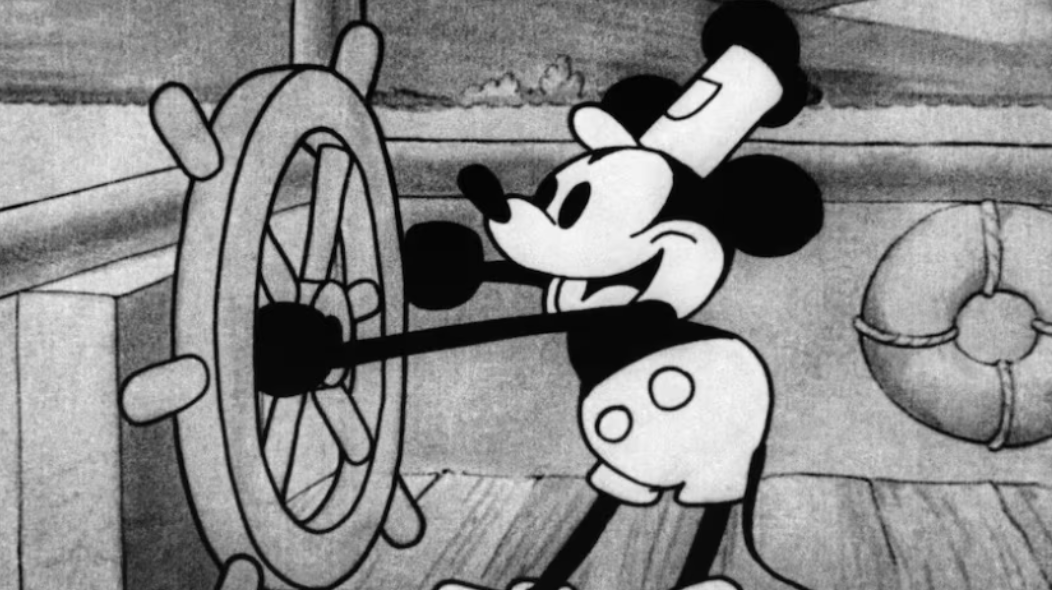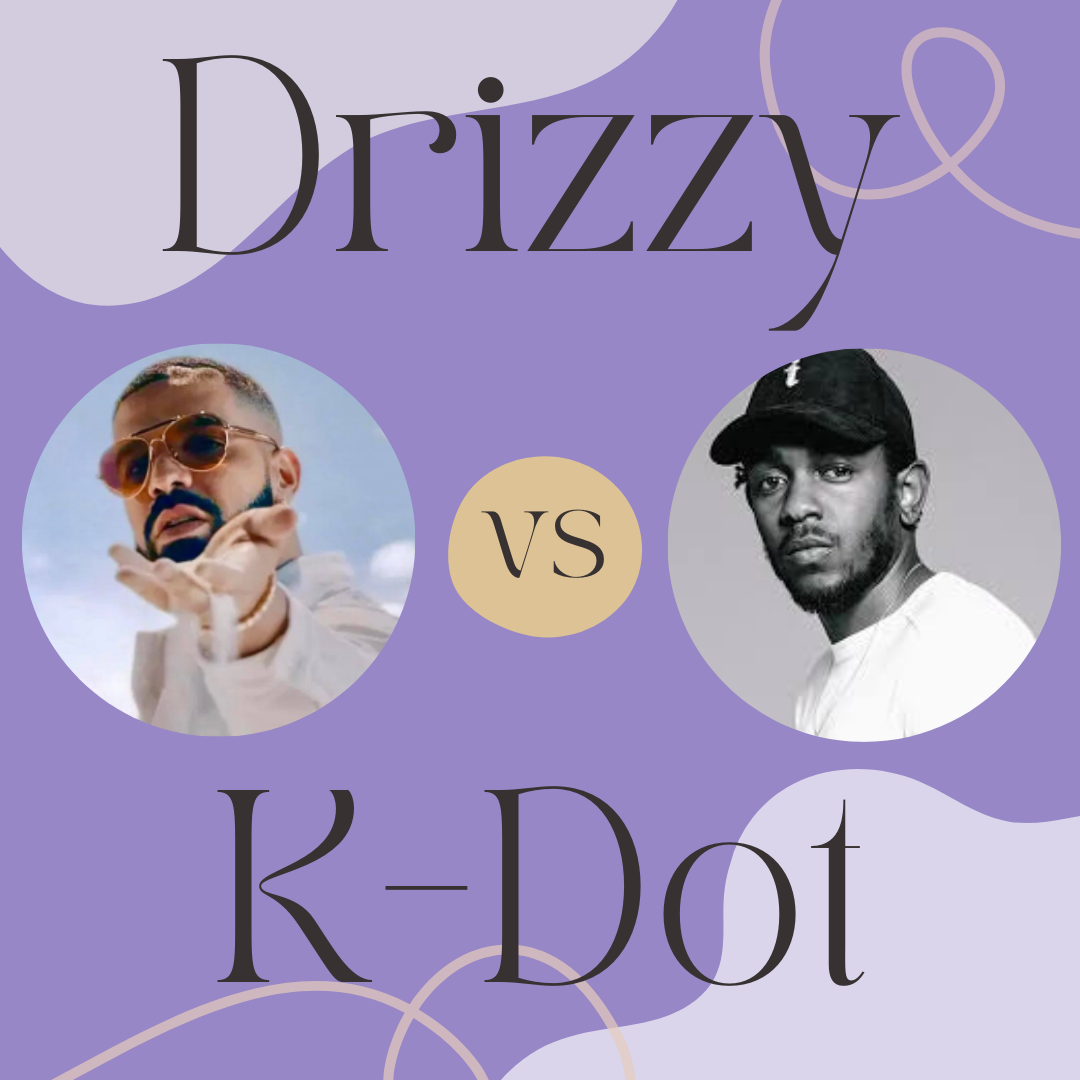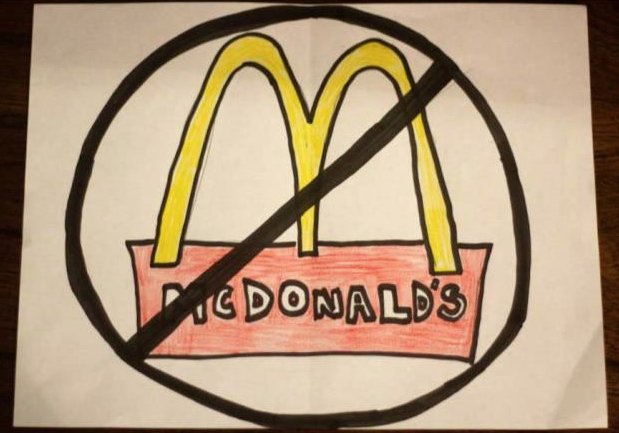As the clock struck midnight on Jan. 1, 2024 an iconic Disney character was (finally) released into public domain. I’m of course talking about Mickey Mouse from the 1928 animated short film “Steamboat Willie”—but, as you’ll notice, he’s probably not the same Mickey Mouse you might have remembered growing up.
To understand the rather convoluted reasoning for Steamboat Willie’s fashionably late entrance into the public domain we need to take a step back—way back.
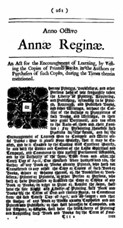
Copyright as a means of protecting authors’ work from unauthorized redistribution was first codified into law during early 1700s England through the Statute of Anne. The law recognized the importance of protecting an author’s work for a limited time, only about 14 years, but it could be renewed for an additional 14 years.
A mere 80 years after its conception, a certain group of American founding fathers bound together to implement The Copyright Act of 1790. Heavily based on the Statute of Anne, the act served as the basis for copyright in the U.S. Constitution giving Congress the power to—
“Promote the Progress of Science and useful Arts, by securing for limited Times to Authors and Inventors the exclusive Right to their respective Writings and Discoveries.” —Article I, Section 8, Clause 8
Despite its best wording, the copyright term was seen as much too short for the creative minds of America. The disagreement in term length set off a cascade of revisions that unfolded over the next 200-plus years.
In 1831 the Copyright Act protection was extended to 28 years with the ability to extend said copyrights for the next 14 years to accommodate more authors and inventors.
Again in 1909, the Copyright Act increased the protection term to 28 years with the ability to extend it for an additional 28 years. The updated 56-year protection term now encompassed all works of authorship, not just those limited to the useful arts or sciences.
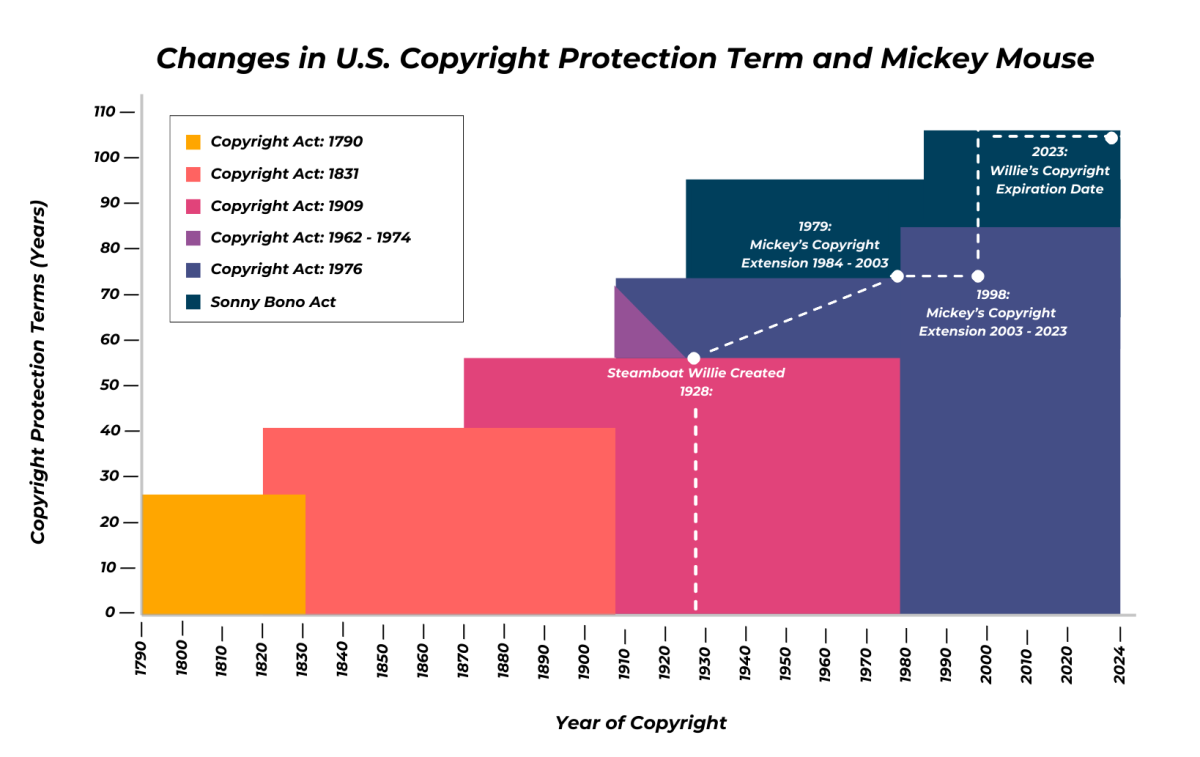
In 1976, Congress extended Copyright Act protection to the life of the author plus 50 years, influenced by the United States’ commitment to the Berne Convention’s standardizing copyright regulations amidst technological advancements and author advocacy.
Even after all of that people were still scrambling to extend their copyright. In fact, the Disney Corporation was one of the largest lobbyist groups pushing for extended copyright terms.
Finally, in the most recent amendments in 1998 to the Copyright Act of 1709, protection terms were extended to include the life of the author plus 70 years.
Disney fought hard in it’s legal tug-of-war trying to maintain protections not only for Steamboat Willie, but also a number of other assets and characters they had created in the meantime.
Trying to understand the reasoning behind the debacle, I had the opportunity to speak with Syed Kazim 22’, a former Patriot High School student, who shares a keen interest in the domain of copyright and Disney.
When discussing the implications of Steamboat Willie’s entrance to the public domain, Kazim said,
“[you have to remember that] people who want to remix the Mickey Mouse design can only use the art style from the Steamboat Willy 1928 movie as opposed to like the more modern Mickey and friends or the more joyous and jolly Mickey Mouse that a lot of people are familiar with.”
The release of Steamboat Willie into the public domain, as mentioned above, certainly comes with some strings attached, notably the limitations that come with the commercial use of Mickey’s likeness.
Kazim explained that,
“anyone who wants to sell or make profit off of the work needs to be transparent with the fact that they aren’t [impersonating or imitating] Walt Disney Company.”
In a similar vein, you can’t use your parody in a way that could be perceived as being endorsed by Disney themselves, so as long as you don’t start selling Steamboat Willie t-shirts online under the guise of the Disney Corporation and you should be fine.
Now that the Mickey Mouse from Steamboat Willie is in the public domain, what do we do now? Simply put, it’s a matter of time before parodies and riffs of the original begin to pop up. In fact, there are already plans for a horror movie featuring the Steamboat Willie character set.
Looking ahead into the future, it’ll be interesting to see how creators and artists alike develop newly released characters into full-fledged stories of their own. As long as copyright protections continue to exist, along with companies who advocate for their extension, the landscape of intellectual property will no doubt continue to evolve and shape the creative world. What this means for the realm of parody-driven digital art is uncertain, but one thing is clear—artists always find a way to cleverly reimagine works of days gone by.
